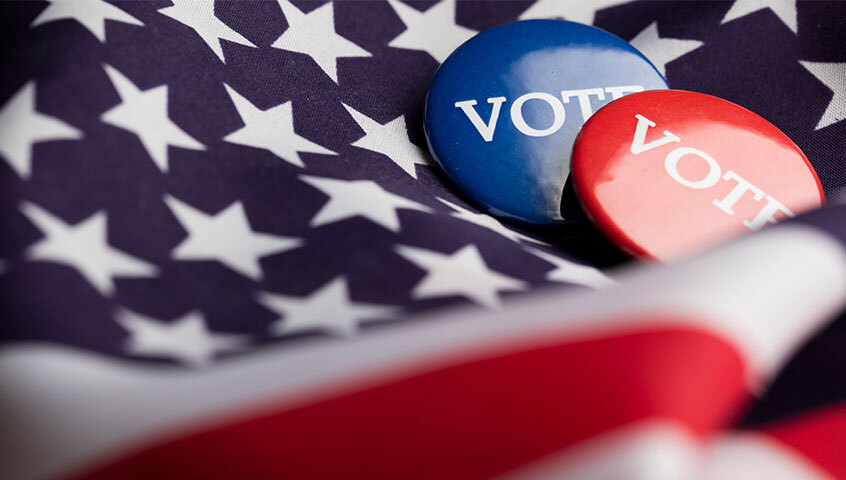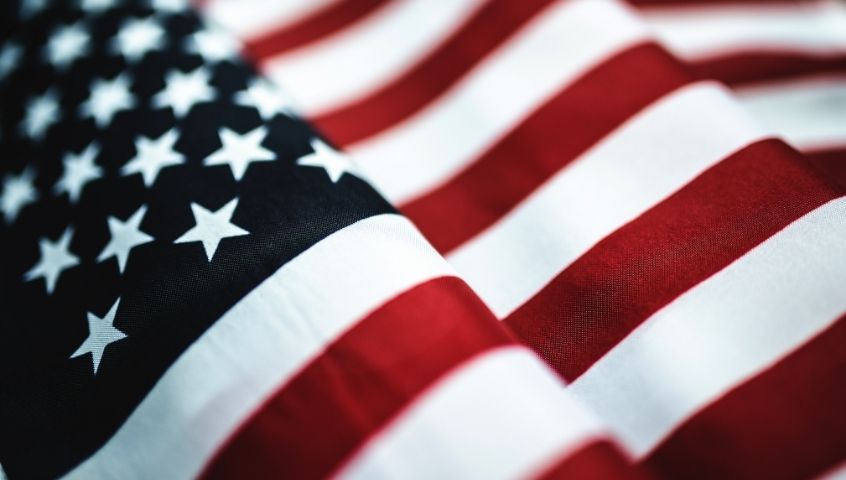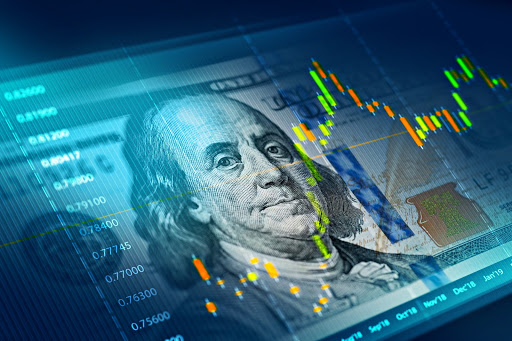- Tiếng Việt
- English
- 简体中文
- 繁体中文
- ไทย
- Español
- Português
- لغة عربية
US Election 2020
Stay ahead of the markets by following Pepperstone’s in-depth analysis and coverage of the 2020 US election: Trump vs Biden.
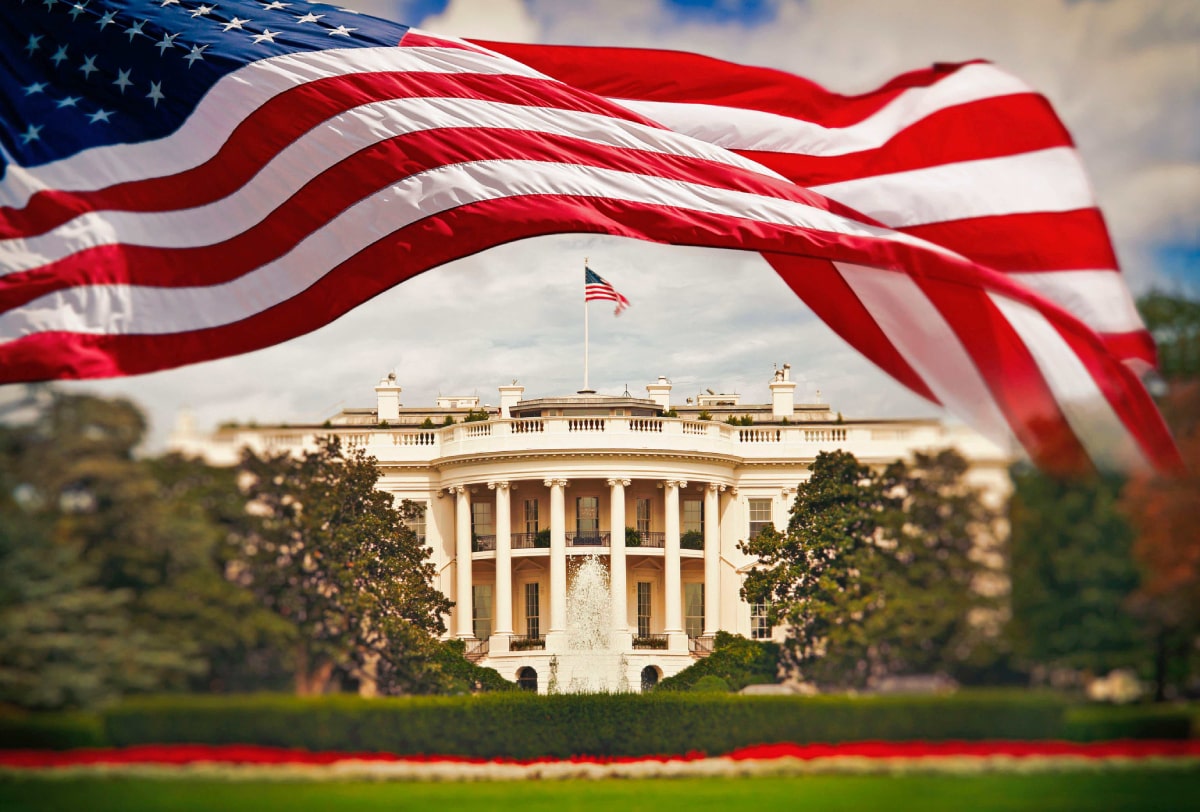
America decides
It’s going to be a bumpy ride for markets ahead of 3 November - and possibly beyond if an election result is delayed or contested.
Biden gained a significant lead in polling as voters expressed disappointment with both Trump’s pandemic handling and response to BLM protests and civil unrest, but 2016 taught us anything can happen despite what pollsters say.
The polling gap between Trump and Biden is starting to narrow, and despite the president’s poor approval rating, he does an edge on one thing: the economy. As the country reopens and US economic data improves, Trump has a chance yet to win over voters.
Are you ready to take a position?
When is the US election?
The election will be held on Tuesday 3 November and it’s a race between Republican incumbent Donald Trump and Democratic nominee former Vice President Joe Biden.
If one candidate has a clear win, markets will price in the news accordingly and look to the future. But if the results are close, and if a surge in mail-in ballots causes delays, we may see a contested election - and heightened market volatility - until Congress ratifies the result on 6 January ahead of inauguration on 20 January.
Key US election events
- 07 October - Vice presidential debate
- 15 October - 2nd Presidential debate
- 22 October - 3rd Presidential debate
- 03 November - United States presidential election
- 06 January - Congress ratifies election result
- 20 January - Inauguration Day
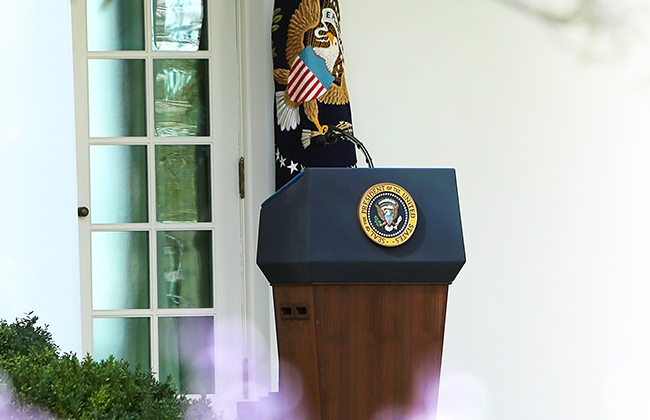
As we draw ever closer to the US election on 3 November, it can be advantageous for traders to understand expectations for the respective battles for the White House, House, and Senate.
This can help with one’s strategy and making informed decisions around what markets to trade given the respective parties policy objectives, and how they could shape economics, regulations, and the corporate landscape. It could also help with the ability to price risk and to understand if the election has a heightened risk of being a volatility event where there could be opportunity.
To achieve this, we have firstly used multiple political forecasting models, where the methodology varies, but typically involves the use of Monte Carlo simulations to predict an outcome. We also use the RealClear Politics average of the national polls, which adopts a more traditional method, where an organisation would call a sample of individuals from various demographics. And we use two betting sites to see how the public are seeing the probabilities of the outcomes.
Of course, no one has a crystal ball, and many will point to the ineffectiveness of polling in 2016. However, there may be stark differences this time around. Either way, if financial markets are responding to the perception of the election, this election matrix can give a multi-faceted view on how the broader public see the outcomes unfolding.
Please note: we don't take a political view. These variables haven't been selected to skew the bias.
| President Winner needs 270 Electoral College seats |
Biden | Trump | Toss ups | Predicted winner |
|---|---|---|---|---|
| Forecasters models | ||||
| FiveThirtyEight | 88% | 12% | Biden | |
| Superforecaster | 86% | 13% | Biden | |
| RealClear Politics (RCP) No toss ups model |
357 seats | 181 seats | - | Biden |
| The Cook Report 'Solid' seats |
290 seats | 163 seats | 85 seats | Biden |
| Polls | ||||
| RealClear Politics (RCP) | 51.3 | 42.4 | Biden | |
| Betting markets | ||||
| Betfair | 62.1% | 37.9% | Biden | |
| Predicit | 64.0% | 40.0% | Biden |
| House Control | Democrats | Republicans | Predicted winner |
|---|---|---|---|
| Predicit | 86 | 15 | Democrats |
| Senate Control 35 seats to contest |
Democrats | Republicans | Toss ups | Predicted winner |
|---|---|---|---|---|
| Forecasters models | ||||
| FiveThirtyEight Average outcome |
51.1 seats | 48.9 seats | Democrats | |
| RealClear Politics (RCP) No toss ups model |
51 seats | 49 seats | Democrats | |
| Betting markets | No majority VP gets casting vote |
|||
| Betfair (may not equal 100%) |
40.0% | 31.7% | 32.8% | Democrats |
| Predicit | 64% | 38% | Democrats |
Are you ready to take a position on US indices, majors or share CFDs?
Get started in minutes.
.jpg)
Why trade the US election
Market volatility typically increases in the lead up to a US election as markets struggle to price an uncertain future and hedge risk. US shares and indices, and USD forex pairs are typically the most sensitive to election newsflow.
The election aftermath could see significant policy overhauls, or even a contested result that drags out for weeks - all a recipe for heightened market volatility.
Forex
USD volatility will likely increase as investors react to polls and evolving election outcomes - trade against the unknown. Trade forex majors, minors and crosses with low spreads and fast execution.
Commodities
Commodities like oil, silver, and copper could see some big moves as markets price in what the country’s economic future looks like leading up to the election and after. Trade WTI, XAU and XAG with Pepperstone today.
Safe havens
USDJPY is historically a favoured vehicle to hedge election risk, but markets could see a reaction in the CAD, CNH and gold (XAUUSD) too. We offer gold denominated in the USD and four other major currencies, as well as low spreads and ultra low latency execution.
Do US stocks hold the clues?
The S&P500 and NAS100 have rocketed to record highs despite the coronavirus pandemic - and a strong stock market is typically good news for the incumbent. But is this time different?

Two major themes: China and Taxes
China
On China policy, both candidates are a bearish case for markets as the US-China relationship will remain fragile. Markets have learned to expect a hard stance on China from the Trump administration, yet once seen as an easier ticket for China, Biden has certainly adopted a harder position over time. A Biden administration would be less likely to use tariffs as punishment, which could be positive for the USD and US stocks.
Taxes
Trump famously slashed the corporate tax rate from 35% to 21% in 2017. The pro-business policy was well-received by investors and helped propel US stocks to endless record highs, maintaining a strong US dollar until the pandemic. Biden has indicated a partial reversal of the 2017 corporate tax rate, perhaps towards 28%, but It is unclear when such a change would be made, as higher taxes could be a handbrake on a recovering economy.
But it's not winner takes all
The winner of the US election isn’t decided by the popular vote, instead it’s decided by an electoral college system. Under the electoral college, many states will always vote blue or red. For example, California will always vote blue and Oklahoma red. This makes battleground states so important, as they ultimately determine the election outcome.
Florida is a critical battleground state. It has the third largest number of electoral college votes and has voted for the overall election winner all but once since 1964. Trump won Florida in 2016, but current polls indicate the state could tilt blue this year.
Many swing states are part of the industrial mid-Western rust belt, which Trump overwhelmingly won in 2016. Wisconsin, Michigan, and Pennsylvania will be among the most critical swing states this year.
Bạn đã sẵn sàng giao dịch?
Thật nhanh chóng và dễ dàng để bắt đầu. Áp dụng trong vài phút với quy trình ứng dụng đơn giản của chúng tôi.
Pepperstone doesn’t represent that the material provided here is accurate, current or complete, and therefore shouldn’t be relied upon as such. The information provided here, whether from a third party or not, isn’t to be considered as a recommendation; or an offer to buy or sell; or the solicitation of an offer to buy or sell any security, financial product or instrument; or to participate in any particular trading strategy. We advise any readers of this content to seek their own advice. Without the approval of Pepperstone, reproduction or redistribution of this information isn’t permitted.



